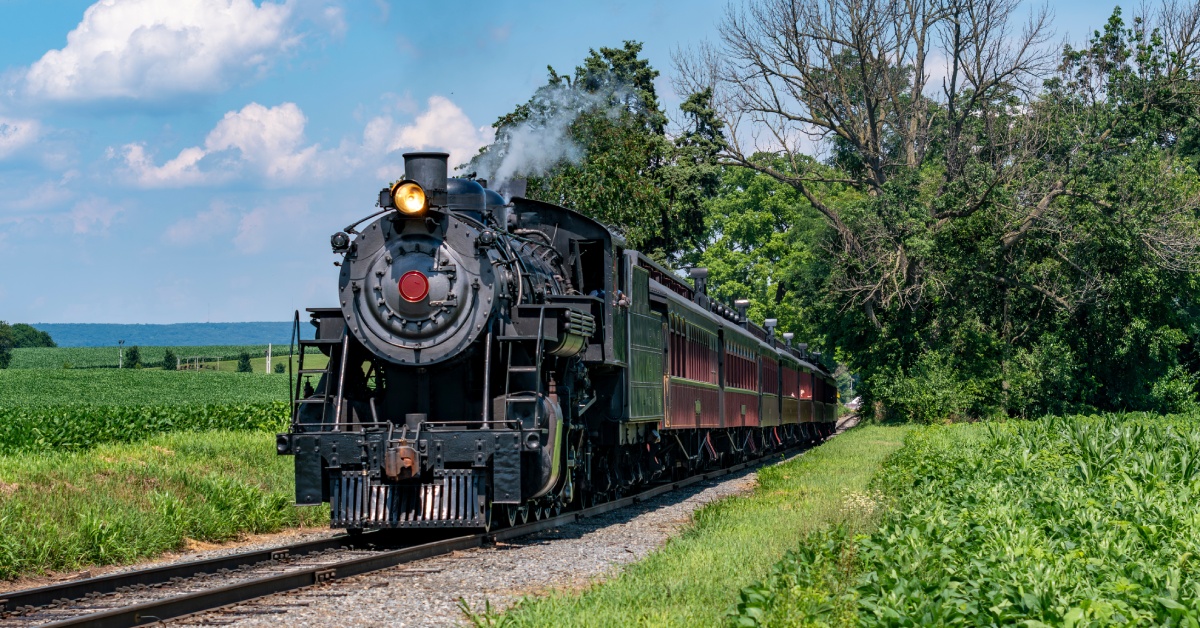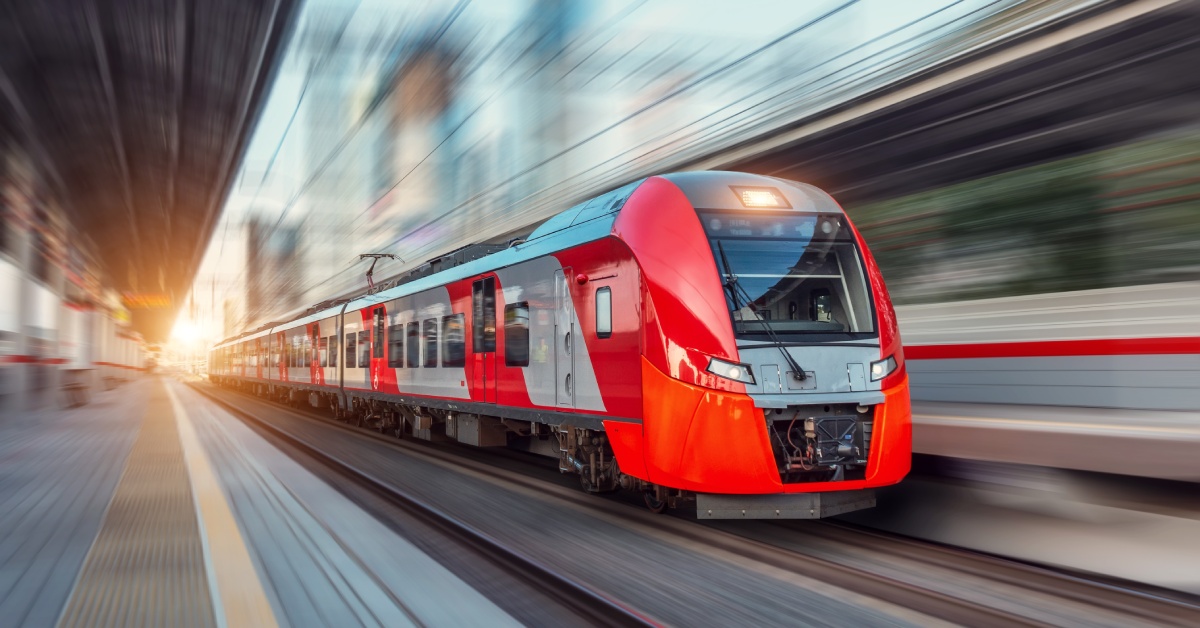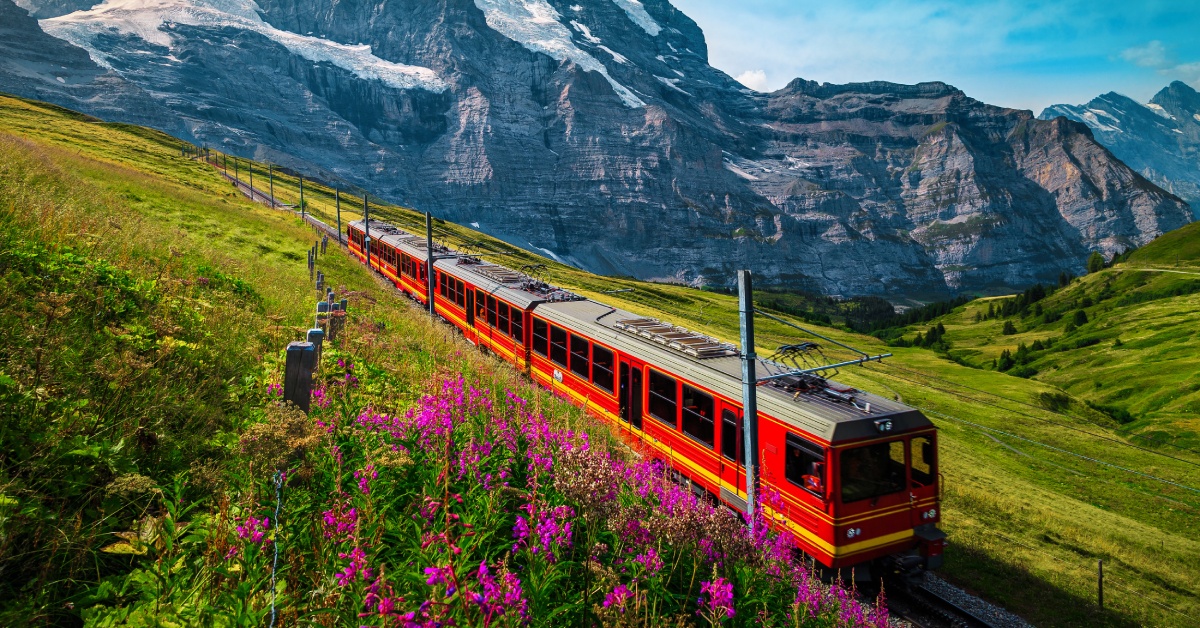How Types of Passenger Train Cars Have Evolved
Passenger train cars are incredibly important in today’s society, but where do they come from? Here’s how types of passenger train cars have evolved.
by Theodore Hust • August 08, 2025
Passenger train cars have undergone a remarkable transformation over the years, reflecting advancements in technology, design, and an evolving understanding of comfort and efficiency. This journey through the history of train cars not only highlights the incredible progress in rail travel but also showcases how each era brought new innovations tailored to the needs of its passengers. From the humble beginnings of wooden carriages to the high-tech marvels of today, passenger train cars have evolved in numerous ways, making them even better for travel experiences!
The Wooden Beginnings
The earliest passenger trains in the 19th century featured wooden carriages, designed with simplicity and utility in mind. These cars had basic wooden benches lined up in rows to accommodate as many people as possible, offering little in the way of comfort or luxury. The emphasis was on meeting the growing demand for affordable and accessible transportation as railroads began to connect cities and towns.
The Rise of Compartment Cars
As rail travel became more widespread, the need for improved comfort and privacy led to the introduction of compartment-style cars. These cars had smaller, enclosed spaces where small groups of passengers could travel together in privacy. The compartments offered cushioned seats and sometimes even curtains, creating a more comfortable and dignified experience compared to the open wooden benches of earlier trains.

The Adoption of Steel
The transition from wooden to steel train cars in the late 19th and early 20th centuries revolutionized rail travel. Steel construction brought unparalleled durability, making train cars stronger, last longer, and far safer. Steel cars were not only fire-resistant but also more stable, reducing the risks associated with derailments and accidents. This shift also allowed for larger, more spacious designs, giving passengers a greater sense of security and comfort as rail networks expanded across continents.
Dining Cars Revolutionize Travel
Dining cars came out in the late 19th century to enhance the travel experience, particularly on long-distance routes. These cars featured:
- Tables
- Full kitchens
- Staff ready to serve freshly prepared meals to travelers
Dining cars transformed train journeys from purely functional to pleasurable, allowing passengers to enjoy multi-course meals while taking in the scenery. They became a hallmark of luxury train travel and played a key role in creating memorable experiences on long trips.
Sleeping Cars for Overnight Journeys
The invention of sleeping cars equipped with beds and private berths revolutionized overnight train travel. Great for comfort and convenience, these cars allowed passengers to rest during long journeys and wake up refreshed at their destination. Sleeper cars often include luxurious touches such as plush bedding and privacy curtains, making them especially popular among business travelers and those seeking a premium travel experience.
Steam Heating Systems
One of the earliest technological upgrades to passenger train cars was the introduction of steam heating systems. Before this innovation, winter train rides were unbearably cold, with passengers relying on heavy clothing or blankets to stay warm. Steam heating changed that by circulating warm air throughout the train cars, providing a cozy and comfortable environment even in the harshest weather.
Electric Lighting Enhances Safety
The adoption of electric lighting in passenger cars emerged as a major safety and convenience upgrade. Before electric lights, trains relied on oil or gas lamps, which were dim and posed fire hazards. Electric lighting not only improved visibility but also allowed passengers to read, write, or relax during night travel without straining their eyes.
Observation Cars Add Scenic Views
Observation cars, introduced in the early 20th century, elevated the travel experience by providing passengers with panoramic views of the surrounding landscape. These cars often featured large windows, domed roofs, and open platforms, creating a unique space for travelers to soak in the scenery. Whether traveling through majestic mountain ranges or sweeping countryside, observation cars turned the journey itself into an unforgettable part of the adventure.
Art Deco and Luxury Cars
The mid-20th century ushered in an era of glamour and elegance in rail travel, with train companies incorporating art deco design into their passenger cars. These cars featured:
- Luxurious interiors
- Plush seating
- Wood paneling
- Intricate detailing
Dining cars became more sophisticated, offering fine dining experiences comparable to upscale restaurants. These high-end touches attract wealthy and elite travelers, solidifying trains as a symbol of sophistication and refinement during their golden age.
Double-Deck Cars
As population growth and urbanization increased, so did the demand for efficient transportation. Double-deck train cars helped meet society’s demand by offering expanded passenger capacity. These innovative designs featured two levels of seating, allowing trains to carry more passengers without requiring longer trainsets. Double-deck cars became especially popular in bustling commuter rail systems, providing a practical solution for moving large crowds during peak travel times while maintaining comfort and efficiency.
The Rise of Air-Conditioned Cars
The introduction of air conditioning in passenger train cars was a significant milestone in improving comfort. Before air conditioning, summer train rides could be stifling and unbearable, particularly in regions with hot climates. The addition of climate control allowed passengers to travel in a cool, comfortable environment regardless of the season, making trains an attractive option for long journeys during the summer months.

High-Speed Passenger Cars
The development of high-speed trains in the late 20th century marked a groundbreaking shift in rail travel. Lightweight, aerodynamic designs and cutting-edge materials enabled trains to reach incredible speeds while maintaining stability and passenger comfort. High-speed rail systems, such as Japan’s Shinkansen and Europe’s TGV, redefined long-distance travel by providing fast, efficient, and reliable transportation.
Modern Accessibility Innovations
In recent years, significant efforts have made passenger train cars accessible to everyone. Features such as wheelchair ramps, wider aisles, priority seating, and accessible restrooms ensure that individuals with disabilities can travel comfortably and independently. These innovations reflect a growing commitment to inclusivity and equality in transportation, ensuring that rail travel is accessible to all.
Smart Technology in Today’s Cars
Modern passenger train cars come with the latest smart technologies to meet the needs of today’s travelers. Wi-Fi connectivity, charging stations, interactive screens, and advanced safety systems make train travel more convenient and enjoyable. Passengers can stay connected, work remotely, or simply relax with entertainment options, all while traveling in comfort. These advancements demonstrate how technology continues to shape the future of rail travel.
From their humble wooden beginnings to today’s high-tech marvels, passenger train cars have evolved to meet the changing needs of travelers. Each innovation, large or small, has helped shape the modern rail experience, making it safer, more comfortable, and more accessible than ever before.
From simple wooden vehicles to high-speed marvels, these transformations reflect both technological progress and the endless pursuit of better travel experiences. With technology advancing faster than ever, the future of passenger train cars is going to be interesting. While you wait to see what comes next, consider expanding your model train collection with Only Train’s G-gauge passenger cars. We’re here to bring the joy of passenger train cars into your home!

